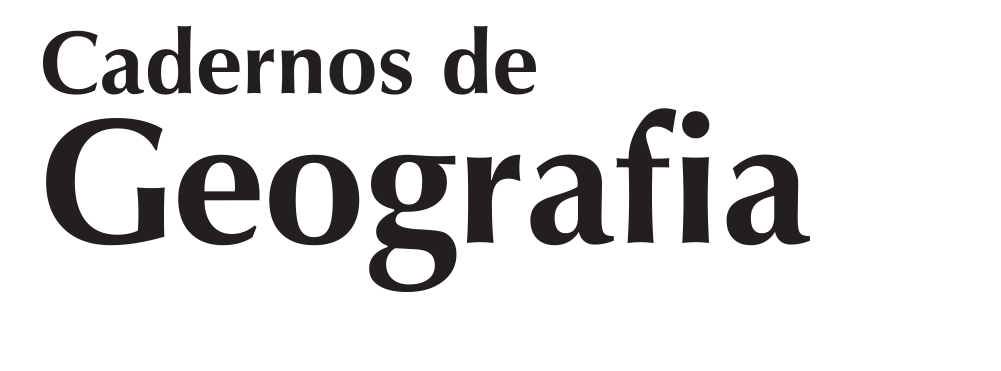Variabilidade climática e adaptação humana durante o último período glaciar: um projeto multidisciplinar na região do Vale do Côa (nordeste de Portugal)
DOI:
https://doi.org/10.14195/0871-1623_50_2Palavras-chave:
formas e depósitos fluviais, Último Período Glaciar, Paleolítico, exploração da herança culturalResumo
O Projeto «CLIMATE@COA - COA/CAC/0031/2019» propõe uma abordagem integrada multidisciplinar baseada em análises estratigráficas, sedimentológicas, geoquímicas, geomorfológicas, arqueológicas, zoo-arqueológicas e geocronológicas de vários arquivos terrestres (formas e depósitos) a partir de um conjunto de sítios ao ar-livre distribuídos ao longo do vale fluvial do Rio Côa e nas áreas de planalto adjacentes (nordeste de Portugal). A maioria destas formas e depósitos contém informações relevantes sobre a evolução climática do Último Período Glaciar, bem como vestígios arqueológicos que nos permitem compreender os comportamentos humanos coevos. A investigação proposta tem como objetivo desenvolver um modelo evolutivo da região do Vale do Côa e deduzir os fatores ambientais condicionantes para essa evolução, nomeadamente o clima e as mudanças nos ecossistemas. Pretende-se caraterizar a ocupação humana do Plistocénico final e reconstituir a distribuição geográfica das fontes de matérias-primas e escolhas técnicas. A variabilidade tipo-tecnológica da produção lítica do Neandertal e do Homem Anatomicamente Moderno (HAM) será utilizada para avaliar os sistemas e as estratégias de exploração no tempo e assim compreender as sociedades e os comportamentos das populações humanas de caçadores-coletores paleolíticos. Os dados do projeto permitirão definir melhor a cronologia da transição entre os neandertais e o HAM e inferir sobre a sua territorialidade e organização social no contexto ambiental em que viviam. O conhecimento produzido pode trazer dados científicos originais e valiosos úteis para apoiar o planeamento territorial, a gestão ambiental e o turismo (e.g., através da exploração do património natural/cultural e da diversificação das ofertas turísticas), a fim de contribuir para a definição das estratégias a adotar para um desenvolvimento local e regional mais integrado e sustentável.
Downloads
##submission.downloads##
Publicado
Edição
Secção
Licença
Direitos de Autor (c) 2024 Cadernos de Geografia

Este trabalho encontra-se publicado com a Licença Internacional Creative Commons Atribuição 4.0.
Os autores conservam os direitos de autor e concedem à revista o direito de primeira publicação, com o trabalho simultaneamente licenciado sob a Licença Creative Commons Attribution que permite a partilha do trabalho com reconhecimento da autoria e publicação inicial nesta revista.











